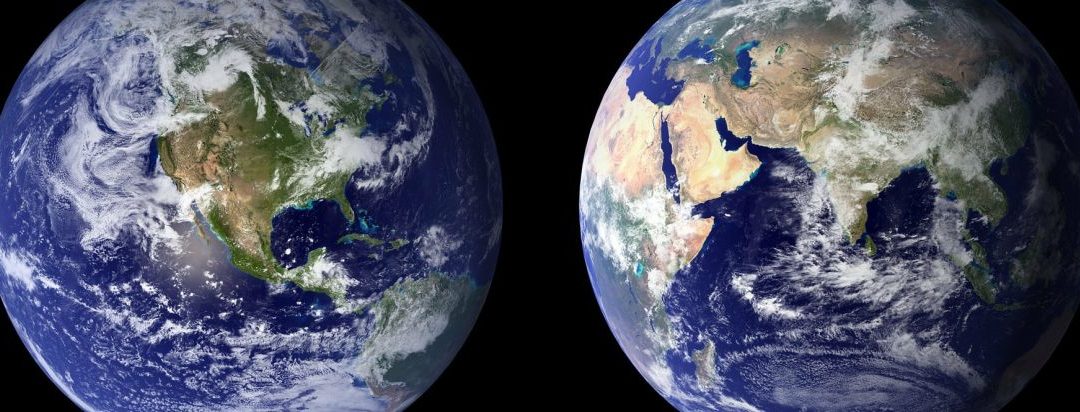Back in 1970, things weren’t looking good for the American environment.
City skies were heavy with smog, strip mining was destroying wilderness, waterways were clogged with sludge, DDT was was being sprayed with abandon, and industries were dumping their waste without regulation. To top it off, 1969 had borne witness to the Santa Barbara Oil Spill, what was then the largest spill in history. 3 million barrels of oil were leaked, coating the coastline in an inky tar. While smaller environmental movements existed, the sheer magnitude of the Santa Barbara disaster caused more Americans than ever before to realize the peril facing the natural world.
Something had to be done.
That’s when Gaylord Nelson, a U.S. Senator from Wisconsin, had a brilliant idea. Taking a page from the book of the Vietnam War Protesters of the day, Nelson called the nation together for a coast to coast “teach-in” to show support for environmental protection. Nelson’s idea was to take all the disparate groups protesting specific environmental issues and unite them under a singular banner of protecting the earth.
On April 22, 1970, twenty million Americans, 10% of the nation’s population, took to the streets to show their love for the planet they called home.
http://https://youtu.be/nEmARFci__I
Policy makers took notice, and by the end of 1970, the Environmental Protection Agency was established, quickly leading to the passing of the Clean Air Act, Clean Water Act, and many other environmentally conscious policies. Earth day continued to be celebrated every April 22nd in the United States, and in 1990 Earth Day became an international holiday.
Today, Earth Day continues to be a day where we celebrate our planet and recommit ourselves to its protection and preservation.
Check out the Earth Day Network’s Video about what this global celebration looks like today.
http://https://youtu.be/5efkV0dt4mc
Click here to see the EPA’s gallery of America in the 70’s versus today.

